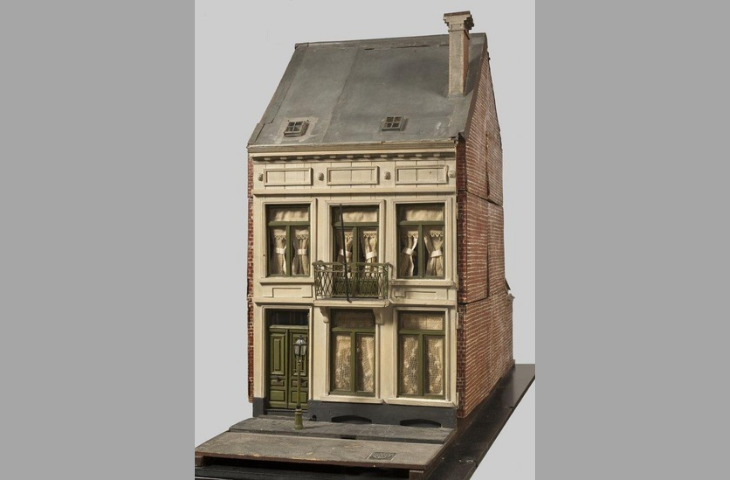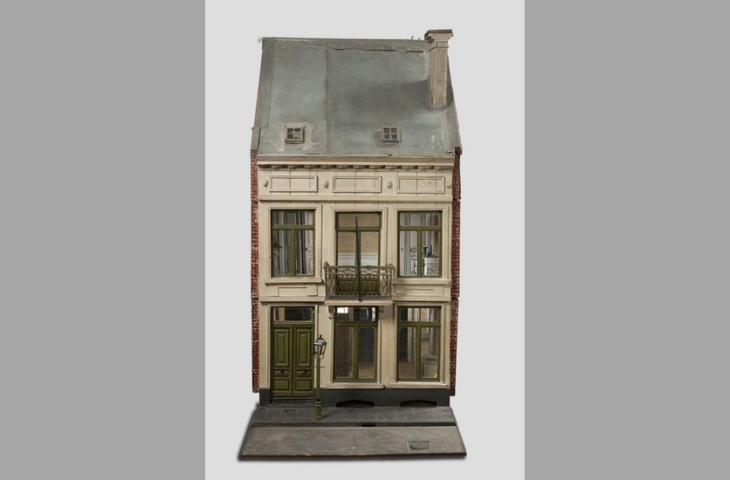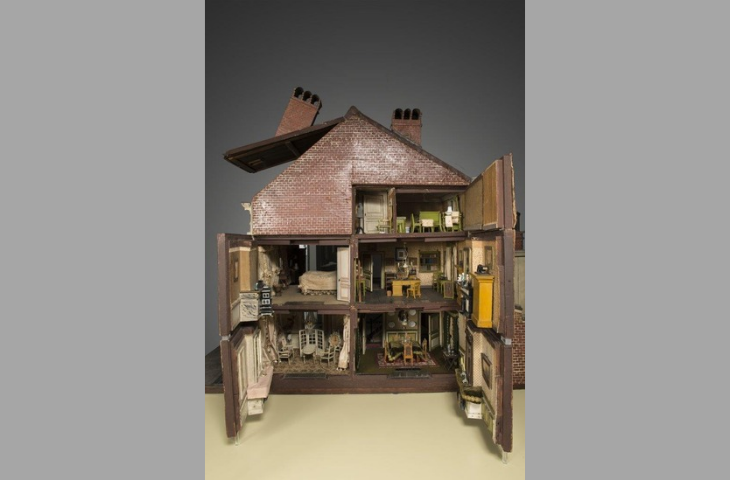Brussels doll house

Brussels doll house

Brussels doll house

La maison de poupée bruxelloise

This remarkable doll's house was crafted by Brussels engineer-electrician Jules Charlier (1867-unknown). The design is based on his childhood home, a now-defunct neoclassical residence on Rue Froissart in Etterbeek. With great care and attention to detail, he made this doll's house, offering an apt representation of a bourgeois interior at the turn of the century. Its large dimensions and high-quality execution make this doll's house a unique and special toy.
Charlier manufactured the dollhouse for his nieces and nephews, who undoubtedly enjoyed playing with it. At a time of widespread child labour, however, such objects were unattainable for most children. After all, only well-to-do families had sufficient space and financial resources for such an object.